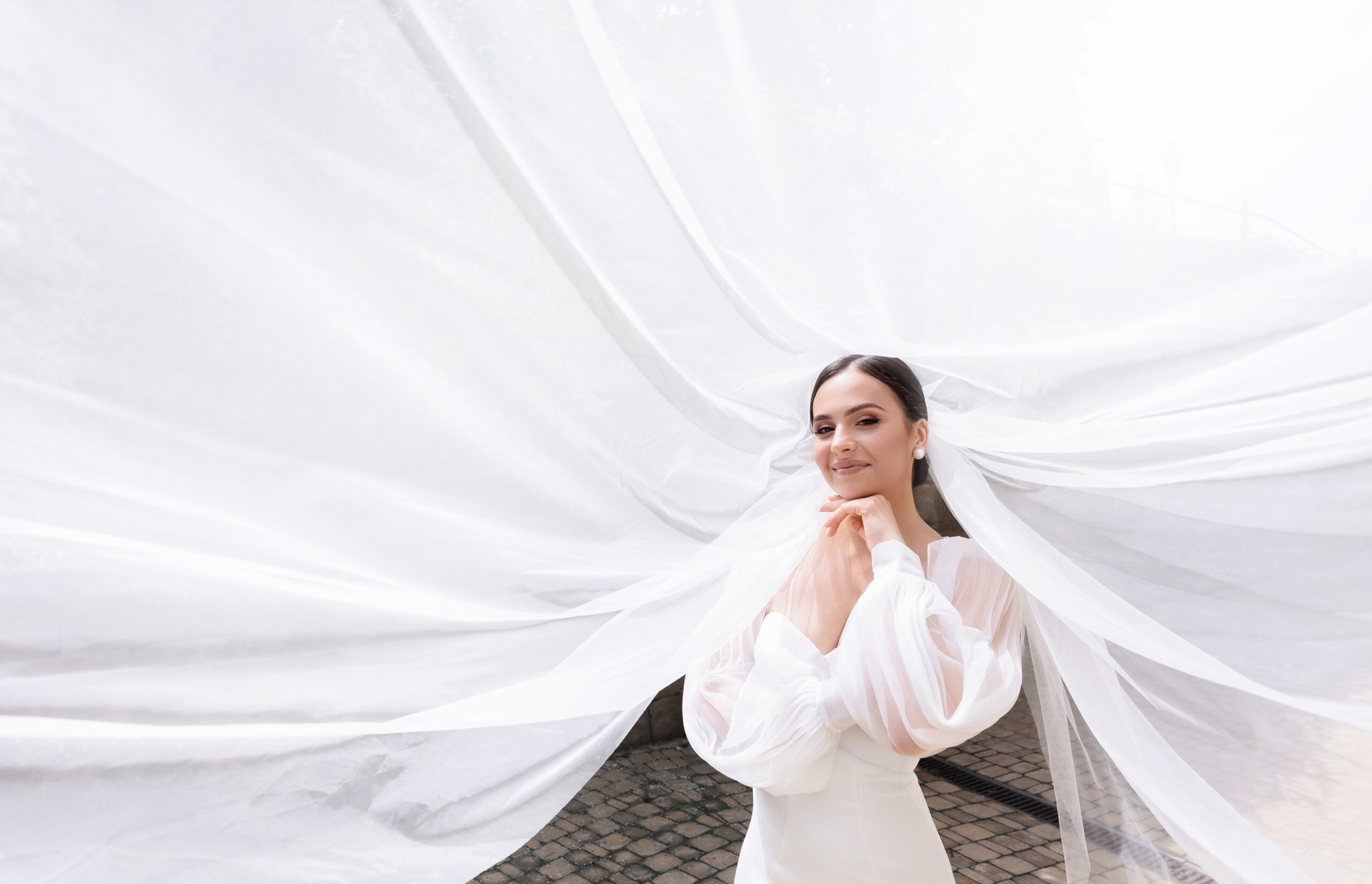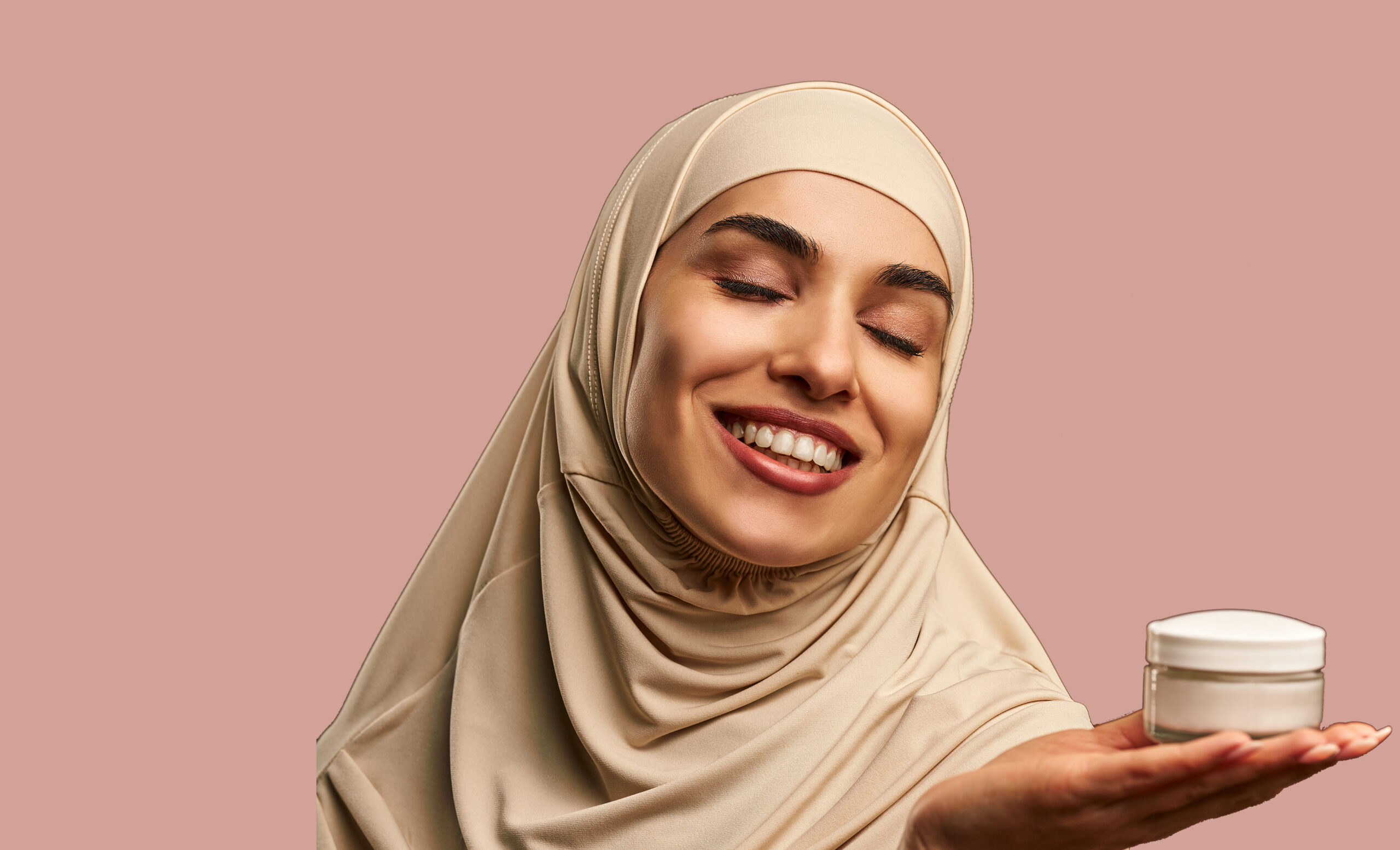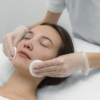With the versatility of makeup especially foundation, we can significantly improve our confidence – and why not? We all deserve to feel great – especially during the humid summer months, we experience in Oman!
It’s not hard to achieve that with the right tools and the correct process. Foundation, for example, can hide that annoying, visible hyperpigmentation on your forehead or pesky pimple that’s taking ages to disappear (the one you’re sure everyone is focused on).
It can transform your dull complexion into a flawless, glowing one — but only if you know how to apply your makeup correctly and in the right order.
So, if you’re still not sure about your makeup application skills and the difference between primer, foundation, and concealer, don’t worry, the foundation fairy is here to help you!
Here’s a complete guide on how to apply foundation, concealer, and primer to achieve that coveted flawless-looking skin, even when feeling the heat in the Middle East:
Remember, skincare will define how your makeup will turn out – so begin by completing your skincare routine, then follow these application steps:
The biggest dichotomy we face?
Is it primer, concealer, or foundation? Or primer, foundation, concealer?
Step 1: Apply Primer
Whether you’re going for heavy coverage or just a light layer of makeup, creating a base using primer should be on top of your makeup application list. A primer is an essential preparatory product that may come in the form of a hydrating serum or a silicon-based gel – it should match the base of your foundation. Aside from making the products stay on longer, primer also does a wonderful job of smoothening your pores and fine lines and preventing your face from oiling up.
(Just a friendly tip: if you have dry skin, best to go for a hydrating primer to give the skin a smoother complexion and help lock in moisture. However, if you have oily skin, choose a weightless, mattifying primer to control oil and shine)
1. Prep Your Face
No one would ever recommend applying a primer on a bare face! Make sure to cleanse and nourish your skin before you begin covering it up with makeup.
2. Take Time To Prime
After you’ve completed your skincare routine, squeeze a pea-sized amount of primer on your fingers and apply it on the centre of your face such as your forehead and cheeks. Applying primer is best done using your hands because you can feel the product you’re using and control it better.
3. Let It Dry and Set
Allow the primer to get absorbed into the skin. This would only take about 5 minutes.
Step 2: Apply Foundation
Another big question is, “Should I apply foundation or concealer first?” My answer would usually be the foundation – unless you are covering pimples or blemishes, in which case I conceal them first!
Compared to concealer, a makeup foundation comes in a formula that’s meant to be worn on the entire face and the neck. Although not under the eyes if you use concealer as it can look too heavy using both. Make sure to choose the correct shade for your tone and the right formulation for your skin type. You don’t want to look like you’re in drag!
To achieve that coveted even skin complexion, follow these steps:
1. Get a moderate Amount of Product
Begin by squeezing out a conservative amount of foundation to your clean fingers or the back of your hand. That’s the rule of thumb. The goal is to create a flawless canvas by targeting areas that need more coverage.
2. Blend From Inside Out
Apply by gently tapping the product onto the centre of your face. This is where redness and blemishes tend to be more visible. Target the corners of your nose and the middle of your forehead and then your chin. Blend the product outwards. Blend, blend, blend!
3. Allow It to Settle
After you’ve thoroughly blended the makeup foundation on your face, give it a few minutes to settle. By doing this, you will be able to see which areas need reinforcement from a concealer.
4: Apply Concealer
Compared to the foundation, a concealer normally has a thicker consistency that can provide medium to full coverage. Concealers have a wide variety of skin tone shades available, but you can also find correctors in green, orange and bluey shades, which are effective in neutralising specific types of discolouration.
If you find that applying concealer is necessary for your makeup routine, follow these steps:
1. Brighten Your Under-eyes
A concealer is a heaven-sent product that can brighten your face in just a few minutes. For added radiance on your under eyes, choose a lighter concealer shade after correcting any dark circles. Choose one that’s one/two shades lighter than your foundation. Then with a wispy type brush, gently take a small amount of concealer and lightly work it into the under-eye area. This way, your concealer won’t be packed on thickly and look cakey.
2. Hide Redness Around the Nose
If your makeup foundation was not able to hide the redness around the nose, a concealer will do an excellent job!
To finish, use a setting powder sparingly with a feathery brush (if required).
With these tips in mind, you should be able to achieve beautiful natural-looking skin without undergoing 10 or more confusing steps!










